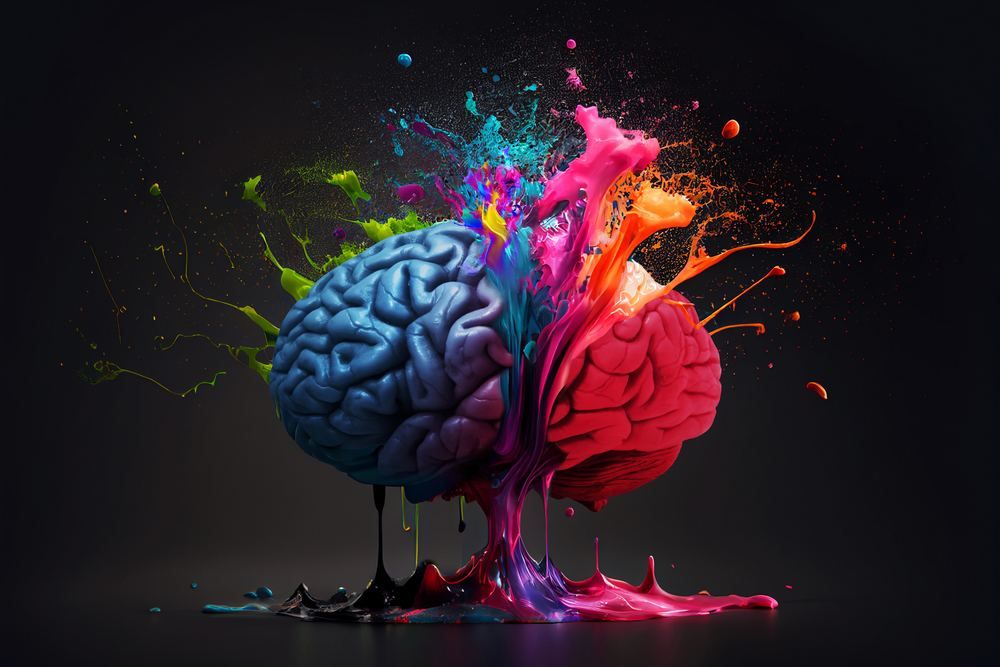The Male Orgasm
-
Published:25 October 2023
-
Updated:14 January 2025

It is an unpleasant observation, but most people are not aware of what happens to their body during an orgasm.
We want to help our users learn more quickly.
Today, we will explain the cycle of sexual response.
The Stages of a Typical Orgasm in Men
- Desire. Desire is a key component of healthy sexuality. This phase involves sexual anticipation, fantasies, and a longing for a partner, as well as a sense that sex will be beneficial for the individual and the relationship. Positive expectations, freedom, choice, and uncertainty contribute to desire.
- Arousal. The desire prompts the brain to transmit a signal down the spinal cord to the sexual organs, resulting in an erection. The penis erects when blood fills the spongy tissue within its shaft, facilitated by arteries that have expanded to allow blood to flow in at a speed of up to 50 times its normal velocity. The veins located in the penis that normally drain blood are compressed, resulting in a retention of blood inside, resulting in a firm erection. The scrotum pulls toward the body, and the muscles throughout the body become more tense.
- Plateau. In this phase, arousal remains at a moderate to high level. By the way, here the erection may weaken or take a break, and that's normal because the whole body is preparing for orgasm. So, don't panic. Panic can greatly interfere with erection and arousal. After this natural break, gentle stimulation of the penis can be helpful in regaining an erection.
- Orgasm. Involuntary body movements begin when muscle tension increases, especially in the pelvis. The man’s heart rate increases to between 150 and 175 beats per minute. There may be a clear fluid flowing from the urethra. This pre-ejaculatory fluid is intended to alter the pH balance of the urethra, thereby enhancing the likelihood of sperm survival. The orgasm itself occurs in two phases, emission and ejaculation. In emission, the man reaches ejaculatory inevitability, the “point of no return.” Semen is deposited near the top of the urethra, ready for ejaculation. Ejaculation occurs in a series of rapid-fire contractions of the penile muscles and around the base of the anus. Involuntary pelvic thrusting may also occur. The nerves causing the muscle contractions send messages of pleasure to the man’s brain.
- Resolution and refraction. The erection of the penis begins to wane after ejaculation. About half of the erection is lost immediately, and the rest fades soon after. Muscle tension fades, and the man may feel relaxed or drowsy.
After Orgasm: The Male Experience and Recovery
Men usually must undergo a refractory period, or recovery phase, during which they cannot achieve another erection. This period is variable in men. In an 18-year-old, this is typically less than 15 minutes. In elderly men, it can be up to 10 to 20 hours. The average refractory period is about half an hour.
It's important to note that the cycles of sexual response can vary among individuals. It is normal for a man to quickly go through all the phases, or for one phase to be longer than another. Furthermore, it is also normal that the sequence of sexual responses does not culminate in a sexual experience such as orgasm or ejaculation. The penis will naturally return to a resting state, and there will be no prolonged blood stagnation.
If you want to know something else about your orgasm, you can ask me or our other specialists in our app.
The neurophysiology of the sexual cycle (https://pubmed.ncbi.nlm.nih.gov/12834016/), J Endocrinol Invest. 2003;26(3 Suppl):20-2. Accessed 14 Jan 2025.
Physiology of male sexual function (https://pubmed.ncbi.nlm.nih.gov/7356224/), Ann Intern Med. 1980 Feb;92(2 Pt 2):329-31. doi: 10.7326/0003-4819-92-2-329. Accessed 14 Jan 2025.
Revisiting post-ejaculation refractory time-what we know and what we do not know in males and in females (https://pubmed.ncbi.nlm.nih.gov/19515210/), J Sex Med. 2009 Sep;6(9):2376-89. doi: 10.1111/j.1743-6109.2009.01350.x. Epub 2009 Jun 9. Accessed 14 Jan 2025.







.svg)
.svg)
